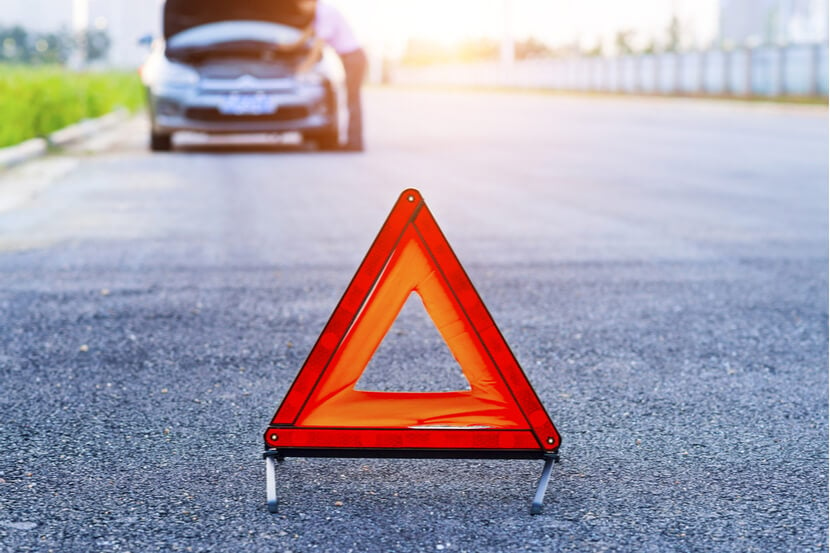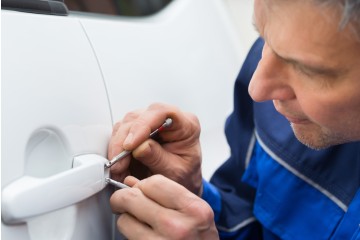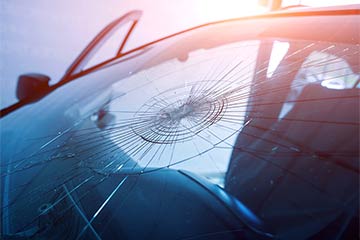What kind of van breakdown cover do I need?
How you use your van affects the type of breakdown cover you need. For example, if you use your van for business and regularly drive long distances across the country, some of the more basic options might not provide enough cover.
There are a few levels of breakdown cover available:
- Roadside assistance is the most basic level of breakdown cover. Your breakdown company sends a mechanic to your location to try and fix your van at the roadside. If they can't, they usually tow your van to the nearest garage.
- Home start covers your van within a certain distance of your home address. For example, it might cover you within a quarter mile from your home. The exact distance varies depending on the provider you're with.
- Onward journey provides a replacement vehicle so you can reach your destination while yours is being repaired. Some policies also cover overnight accommodation and alternative travel costs.
- National recovery provides a recovery vehicle to tow your van almost anywhere in the UK if a mechanic can't fix it at the roadside.
- European breakdown cover protects you if your van breaks down in the EU. The type of recovery and how long you're covered for in a trip depends on your policy terms.
What are the most common breakdown causes?
-
Flat batteries are one of the most common reasons for breakdown recoveries.It's important to charge your van's battery up either by going for a long drive or disconnecting it from your van and charging it.
-
Engine issues, such as a faulty alternator, can cause isses such as dimmed headlights or a flat battery. These kinds of problems mean your van needs to be towed to a garage for diagnositcs and repair.
-
Flat tyres are a common problem often caused by potholes, or a rogue nail or screw making its way into your tyre. It's recommended to carry a spare tyre, lever, nuts, bolts and a jack in your van just in case.
-
Misfuelling can cause mechanical damage, which means more extensive repairs. If you realise you've misfuelled, don't turn on your engine. Push your van to a safe place and call an expert.
-
Lost keys can be frustrating. Whether you've misplaced them or locked them in your van, you might have to call for help. A replacement set can be expensive, so it's a good idea to keep a spare set.
What our car insurance expert says
“When getting van breakdown cover, it’s important to consider what level of cover you need. If you’re likely to drive your van in Europe, an EU policy could be a good option for you. But if you only tend to do shorter trips closer to home, a more basic level of cover could mean you don’t pay more than necessary for cover.”
What to do if your van breaks down
You might also be interested in
Helpful guides
Page last reviewed: 08 December 2023
Reviewed by: Louise Thomas
Confused.com's breakdown cover is arranged by Comparison Creator who are authorised and regulated by the Financial Conduct Authority under firm reference number 832239. Comparison Creator is registered in England & Wales No. 07336373 at Springboard Business Innovation Centre, Llantarnam Park, Cwmbran, NP44 3AW. Confused.com is an intermediary and receives commission from Comparison Creator, which is a percentage of the commission received by Comparison Creator. We pride ourselves on impartiality and independence – therefore we don't promote any one insurance provider over another.





